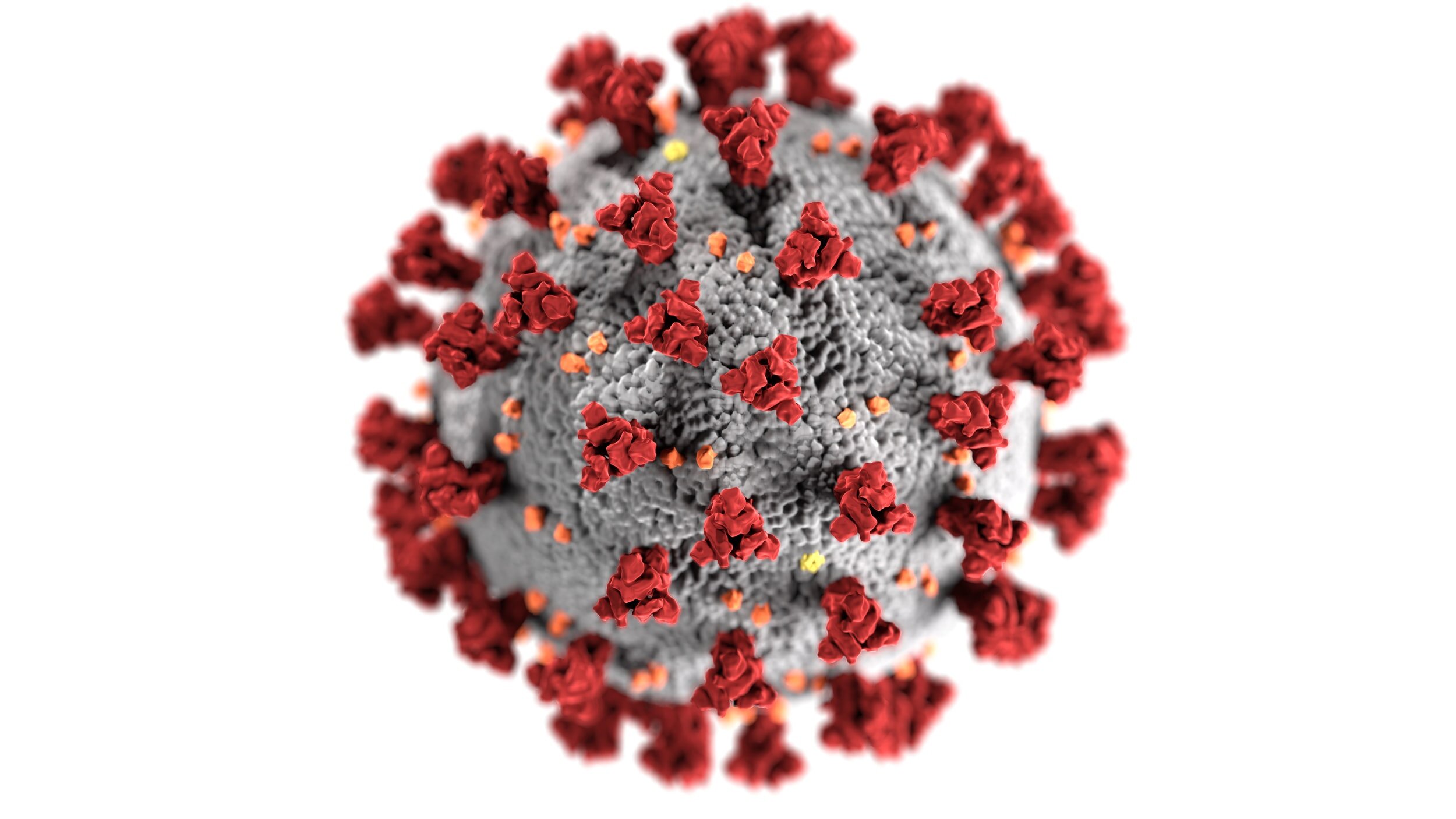Primary Care Administering More Vaccines as Mass Immunizations Accelerate
WASHINGTON, April 22, 2021 — As more COVID-19 vaccines become available to Americans, new data released today by the Larry A. Green Center, in collaboration with the Primary Care Collaborative (PCC) and 3rd Conversation, shows that primary care is administering more vaccines, but this “front door” of the healthcare system can do more. In a survey conducted April 9-13, 2021, 38% of primary care clinicians reported that their practice is administering vaccines and they are increasingly partnering with public health (42%) and local organizations or government to prioritize people for vaccination.
While many leaders are expressing optimism about ending the pandemic through vaccinations and the Biden administration is turning to primary care to help target the most hard to reach populations, 7 in 10 primary care clinicians reported in the survey that mental exhaustion, both personally and in their practice, has reached all-time highs. Nearly 2 in 5 clinicians reported needing mental health support as a result of the pandemic.
“Primary care never hit the pause button. Without funding and without inclusion in pandemic-relief planning, primary care has extended hours and services, deferred salaries and waived co-pays in order to meet the health needs of the population, and yet we have failed to have its back,” said Rebecca Etz, PhD, co-director of The Larry A. Green Center. “How much data must we collect on its vulnerabilities, and how long before policymakers provide them with the support they’ve earned and deserve?”
The survey data shows that primary care continues to perform beyond its available resources. Clinicians reported an increase of over 200% in health screening activities since May 2020, for example, even though significant percentages of practices have clinician positions they cannot fill (27%) and have seen COVID-19 cases increase in their community (39%).
“Primary care is now a key means for getting shots in Americans’ arms, just as practices are facing pent-up patient demand for care and worsening mental health and social vulnerabilities,” said Ann Greiner, president and CEO of PCC. “Public and private payers should continue providing relief from administrative burdens enacted under the public health emergency and dramatically increase fiscal relief for primary care. Strengthening primary care will pay dividends: getting the country more quickly to herd immunity and a return to some sense of normalcy.”
“We are proud of what primary care is doing to keep people actively engaged in their care and health. And now it’s time for us as a nation to care for our primary care practitioners and prevent an epidemic of burnout from spurring a mass exodus from the profession,“ said Christine Bechtel, co-founder of 3rd Conversation, a community patients and clinicians.
Since March 2020, the Larry A. Green Center and the PCC have collected and disseminated data from more than 25 regular surveys of primary care clinicians on their abilities and attitudes in responding to the COVID-19 pandemic.
Responses to the survey came from 657 clinicians across 48 states, the District of Columbia and Guam. 73% identified their practice as family medicine, 12% as internal medicine, 6% as pediatrics, 3% as geriatrics, and 6% as other. 75% identified as MDs and DOs, 15% as NPs, 3% as PAs, and 6% as other. 22% described their practice as rural; 11% work at a federally qualified health center (FQHC) or FQHC lookalike; 15% work in an academic or residency practice; another 6% work in a convenience care setting such as retail clinic or urgent care; and 5% practice in a direct primary care or membership-based setting. 29% work in a practice with 1-3 clinicians; 30% in a practice with 4-9 clinicians; and 41% in a practice with 10 or more clinicians.

